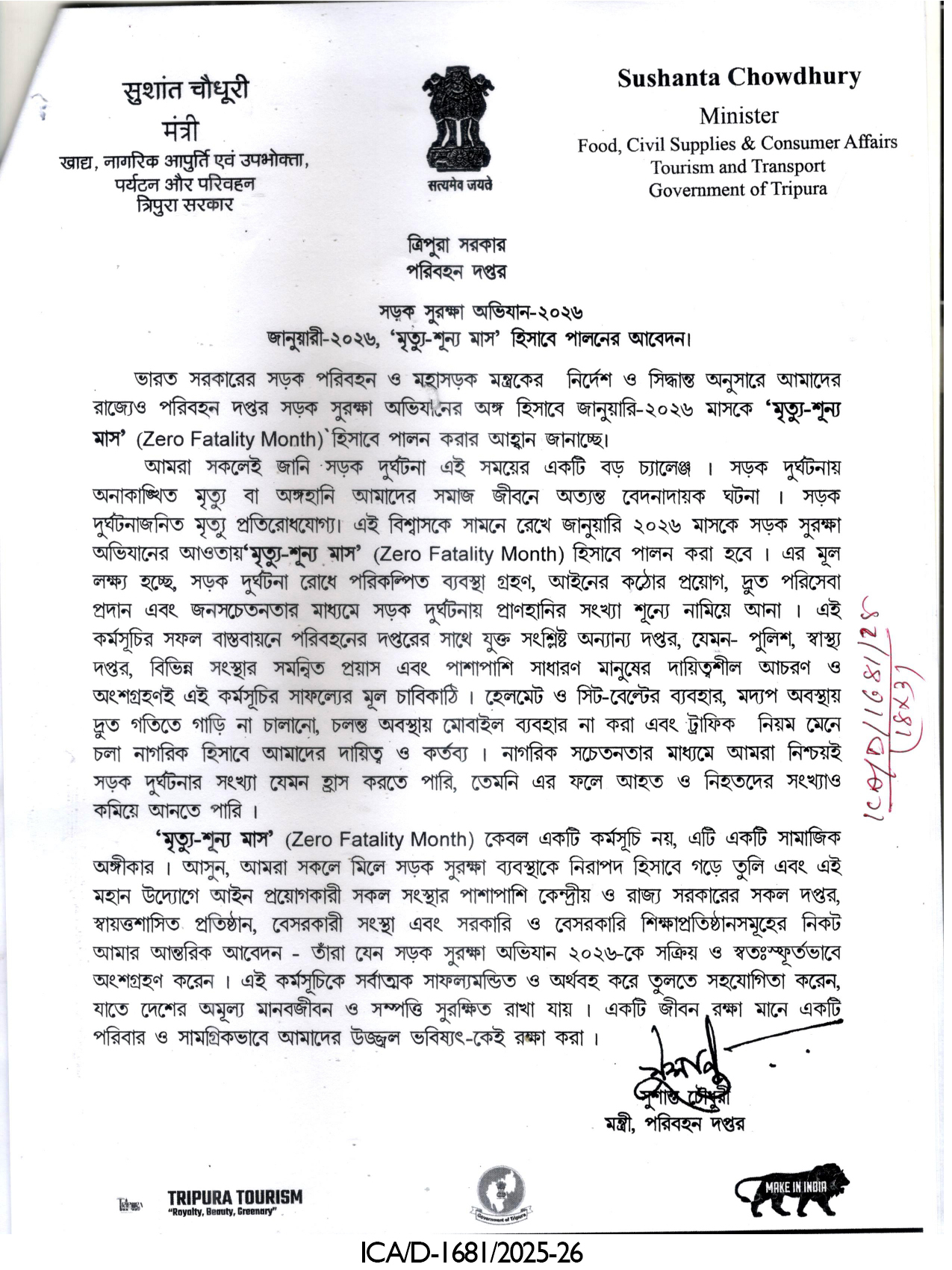India’s economy surged 7.8% in Q1 FY25, outpacing global peers despite US tariff hikes. With strong forex reserves, controlled inflation, and expanding trade partnerships, India remains the world’s fastest-growing major economy, defying Donald Trump’s “dead economy” remark and reinforcing its role as Asia’s economic powerhouse.
In a major embarrassment for US President Donald Trump, India has strongly refuted the label of a “dead economy” with stellar economic performance. The nation’s gross domestic product (GDP) surged to 7.8 percent in the April–June quarter of FY25, making it the world’s fastest-growing major economy and reinforcing its resilience amid global economic turbulence.
The remarkable expansion follows the 7.4 percent growth recorded in the previous January–March quarter (Q4 FY25), proving that India’s growth momentum is not a fleeting phenomenon but a sustained trend. The data comes at a time when global markets are facing uncertainty due to escalating US tariffs and geopolitical disruptions.
Strong Fundamentals Powering Growth
Economists attribute India’s economic surge to its robust macroeconomic fundamentals. Foreign exchange reserves remain strong, covering nearly 11 months of imports—a critical shield against external shocks. Inflation levels are also reported to be under control, providing further stability to the economy and strengthening consumer confidence.
Union Commerce and Industry Minister Piyush Goyal underscored these achievements during a press briefing on Friday, emphasizing that India’s exports this year are set to exceed last year’s figures. He highlighted that the competitiveness and resilience of Indian industries remain intact despite global headwinds, with the government actively forging trade partnerships worldwide.
Expanding Global Trade Network
Goyal pointed to India’s growing network of Free Trade Agreements (FTAs), which includes key partnerships with Australia, the UAE, Switzerland, Norway, Liechtenstein, Iceland, and the UK. Negotiations are also underway with the European Union and other countries. These agreements are expected to further unlock global opportunities for Indian sectors such as construction, steel, and allied industries.
Interestingly, the minister revealed that several developed nations are now showing keen interest in deepening trade relations with India. Qatar and the UAE, in particular, have expressed readiness to pursue new FTAs with New Delhi, reflecting India’s rising prominence as a preferred economic partner.
Tariff Turbulence and Domestic Cushion
India’s strong growth performance comes in the backdrop of heightened tensions with the United States. Recently, Washington imposed punitive tariffs of up to 50 percent on Indian exports in retaliation for New Delhi’s continued oil purchases from Russia. While such measures could have dented external demand for Indian goods, experts believe India’s vast domestic market provides a protective cushion.
A recent Morgan Stanley report described India as the “best placed country in Asia” amid global uncertainty triggered by US tariff threats. According to the report, India’s low goods exports-to-GDP ratio reduces its vulnerability to trade slowdowns compared to other Asian economies.
“While India is exposed to direct tariff risks, we believe on balance India is less exposed to global goods trade slowdown, considering that it has the lowest goods exports-to-GDP ratio in the region,” the report noted.
Future Outlook Remains Optimistic
Fitch Ratings has echoed this optimism, forecasting India’s economy to maintain an impressive growth rate of 6.5 percent in FY26 despite external pressures. Fitch highlighted that the country’s large domestic market will remain a key driver of growth, helping India weather trade frictions and ensuring sustained expansion in the medium term.
The resilience of the Indian economy is also being noticed by global investors, who view New Delhi as a stable and promising hub amid growing global volatility. With steady foreign exchange reserves, controlled inflation, and a proactive trade policy, India appears to be charting a growth path that contradicts the pessimistic narrative painted by Trump.
| Also Read: India and Japan Unveil Joint Vision for the Next Decade |
As India continues to strengthen its trade alliances and leverage its vast domestic market, its growth trajectory looks promising. The economy’s latest surge is a strong rebuttal to Trump’s “dead economy” jibe, showcasing that India is not only alive and thriving but also emerging as a pivotal engine of global economic growth.







